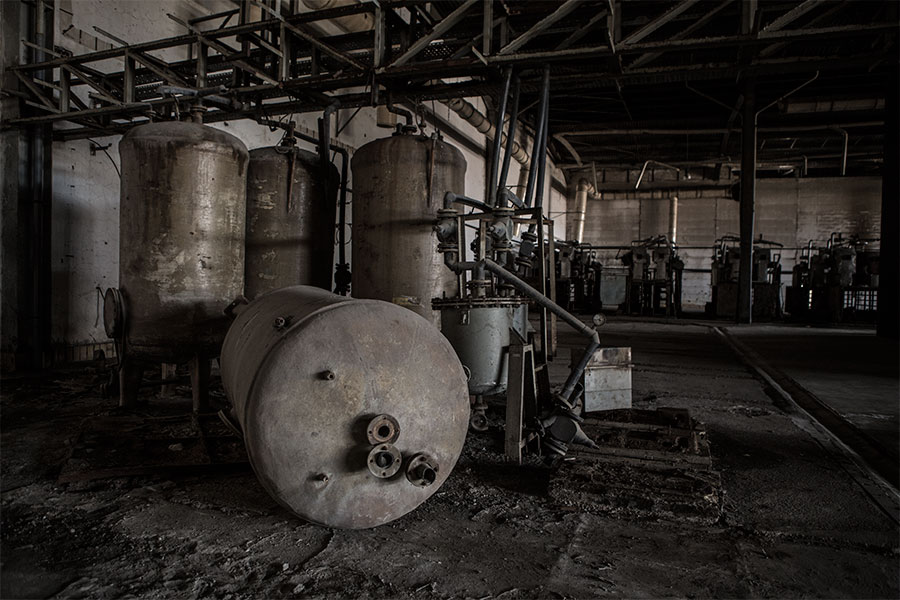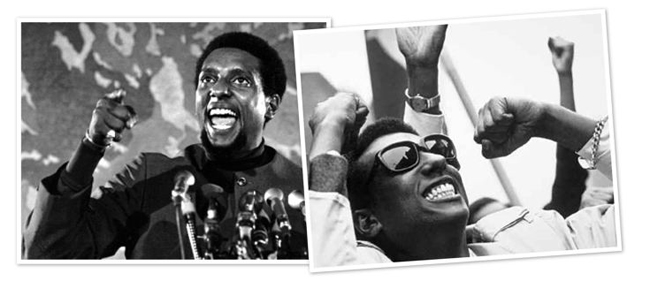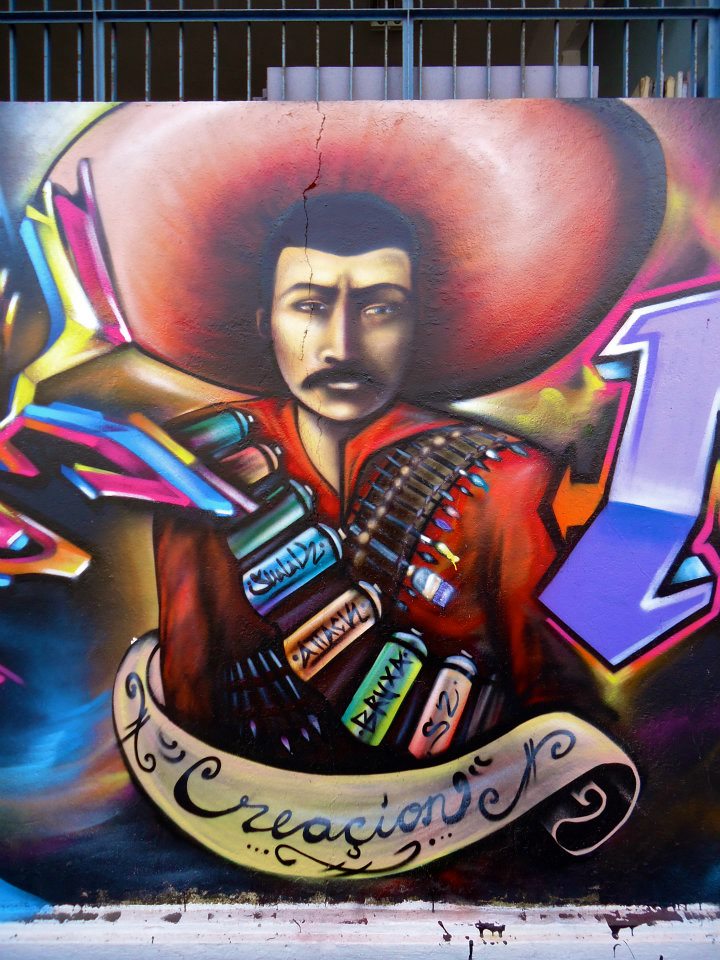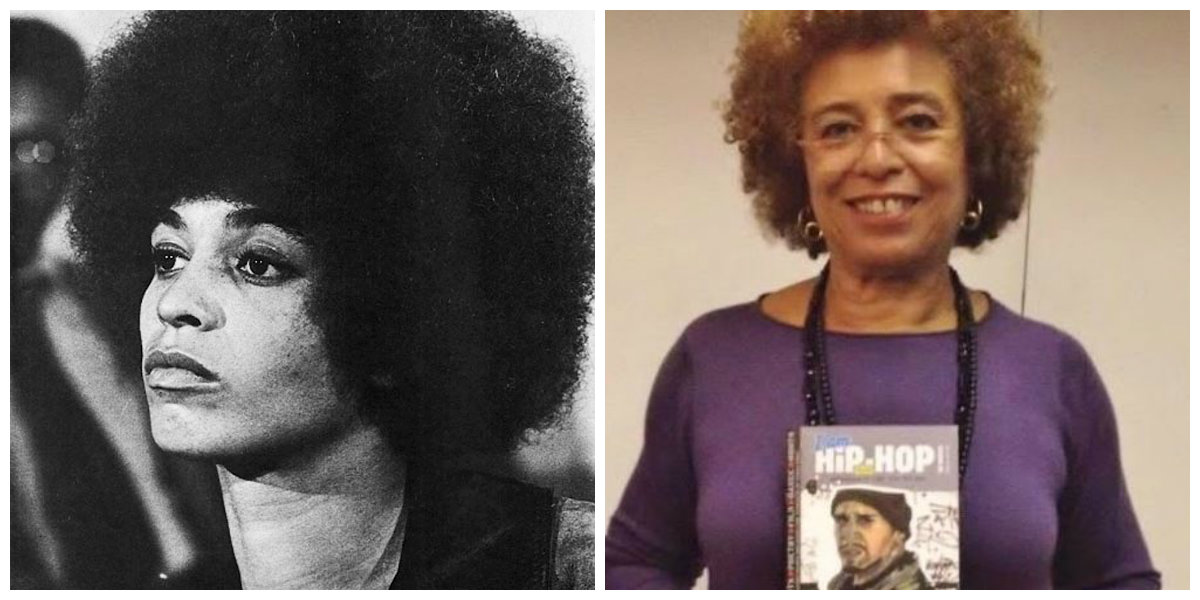SREBRENICA MASSACRE FOUNDED A BLOODY LIGHTBULB
When it comes to the war of Bosnia the single most highlighted event to be summoned is Srebrenica. Though unlike the holocaust or genocide of Armenia its application in annual life is scarcely mentioned or debated as to whether it merits remembrance. But the Srebrenica genocide was a crime to remember, and removing it from anniversary will be a mistake few will make for the many.
Holocaust, used mostly in terms of World War 2, has blinkered the original and exact definition of the word. As unlikely as many think it serves purpose for many world events including Hiroshima, Nagasaki, Rwanda and the much overlooked Srebrenica massacre. It goes without saying that 8,300 people slain deserves commemoration in order to honour memory and educate future generations on matters of politics and etiquette for human life.
1992 was the year in which Serb forces took control of Srebrenica town close to the border of Serbia, a place the United Nations declared a ‘safe zone’ with Dutch forces protecting residing citizens. Explicitly advised that, surrendering their weapons would find them protection against Serb forces, they did so. But the reality of this gesture was yet to unfold as women were separated from men, some young girls remaining.
Serb soldiers systematically began to execute, torture and rape Bosniaks (Bosnian Muslims) to the count of 8,372 and rising. Infant’s throats were slit, women and children burned alive. Many were raped in front of their families with often incestuous requests by soldiers to siblings. It is inconceivable that some perpetrators were neighbours, friends of the victims. What happened in Srebrenica is rarely talked about and it appears to be dust under the carpet for Europe.

According to General Ratko Mladic, there is no question that the acts of homicide were motivated by ethnicity with attempts to exterminate Muslims with the question lingering as to why a United Nations safe zone fell so easily without rescue. Some answers can be found in the people who went through it themselves including one lady by the name of Fatima.
Retired, sick and attempting to preserve what life she now has in Sarajevo, Fatima fled the horrors of Srebrenica taking with her an account that pushes the death toll to 12,000. Born and raised in the town she described it as a once botanical garden where people would compete with each other as to who would grow the most beautiful flowers and hold the greener gardens. She tells me…
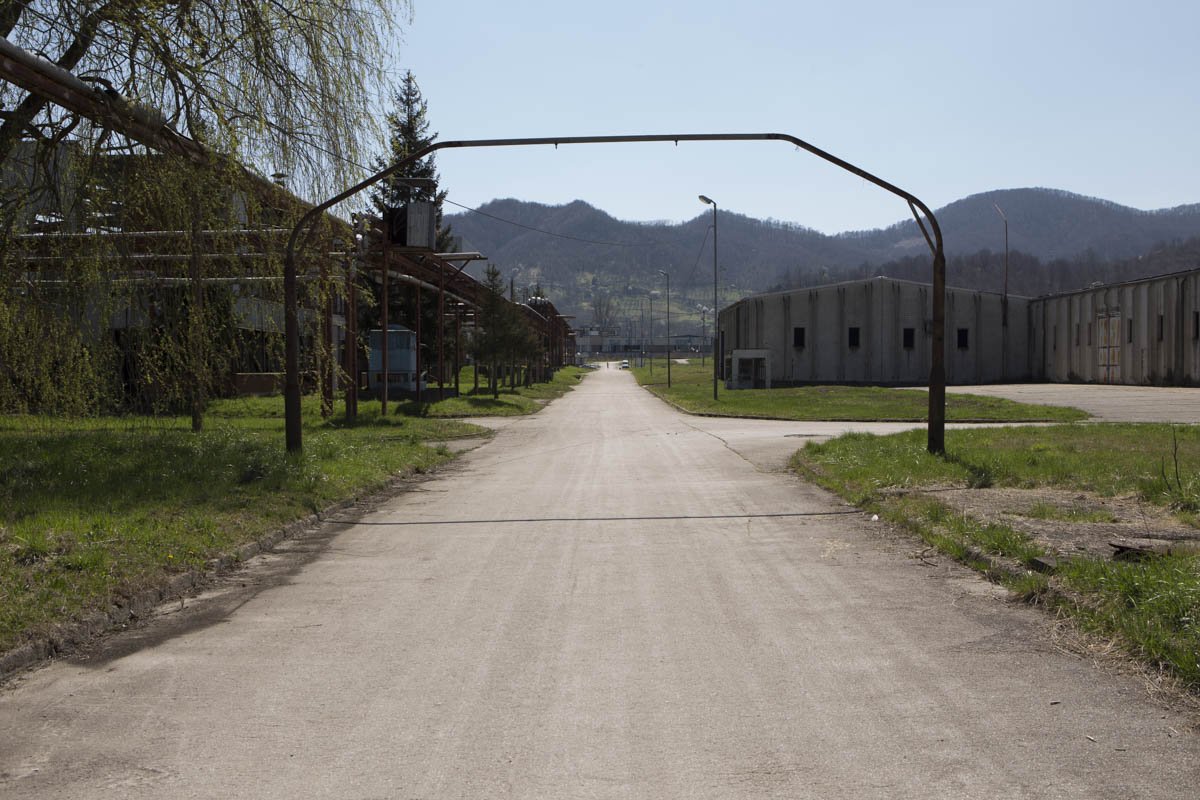
“In that period of time, Srebrenica was a very modern town. The apartments and houses were very modernised. Going away for holidays and the lifestyle was very much like that of the west. Srebrenica was a city of flowers, people were competing as to who would have the better gardens and flowers. The togetherness of the town kept everyone happy. You could leave your back door open and trust was high”
That was then. Now, she is left with only time to cherish and responsibilities, one being a project to find people from the massacre.
“I was the one who started the project to find survivors and missing persons in Srebrenica. The government told me, it was too early to do this (In 1995). When I started the project it was local, but then the UN and Red Cross got involved. I was going door to door to get support. The organisation started in Tuzla after I fled the city, the only man who helped me was Amour Mashovich, head of the institute for missing persons. A couple of times I was locked in government buildings, threatened by officials telling me that if I start trouble I was going to go to prison.”
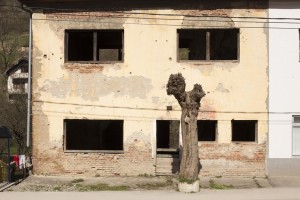
An empty house awaiting restoration.
She was told by UNHCR officials the total figure of missing persons was closer to 12,000, not 8,372: “People were saying the number was 8,000, and that was the number killed during the genocide. There were 3,000 more people killed before that though. I feel the number is even bigger as the road between Tuzla (A city asylum seekers fled to) and Srebrenica was witness to asylum seekers who disappeared. There are videos, photographs that prove this.”
Retelling her account she explains how women and children were evacuated from Srebrenica towards Tuzla in buses, trucks and cars distinctively turning right only to disappear. To this day, no one knows what happened or where the vehicles went. Fatima knows only that they turned into Serbian territory, men were told to walk on foot towards the woods. Bones can be found there today, but the men have not been seen since.
Believing Srebrenica was allowed to fall, as was Yugoslavia for political reasons her thoughts echo a time when the country was gaining economic advantage causing many to become envious. Serbia controlled the nation’s artillery, forcing Croatia into a request for arms from the United States only for them to publicly state “we cannot be expected to police the world”. In response to their answer, they approached Hungary.
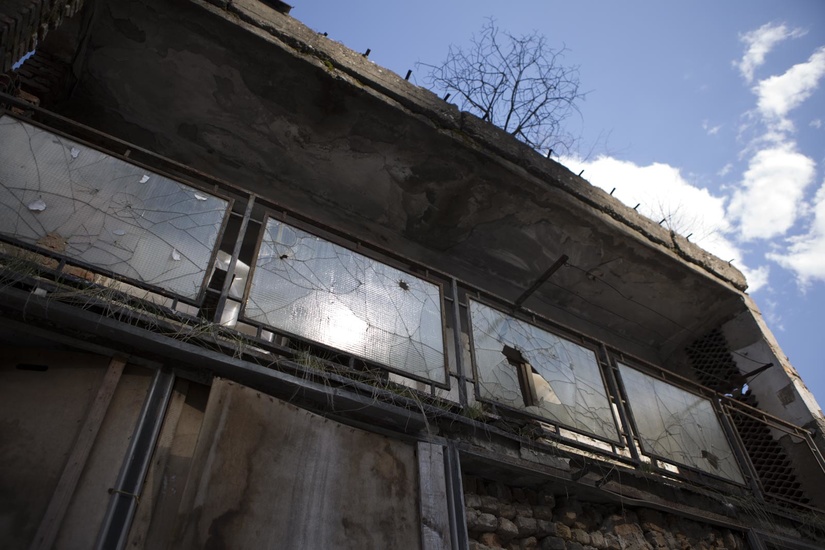
A bullet riddled house in the centre of town.
Today we are posed with many holocausts and genocides though without tangible enemy some are left in a state of ambiguity. From the migrants of the Mediterranean, the Rohingya of Burma and the crisis in the middle east where the displacement of hundreds and thousands have taken place. Furthermore, in Canada the government voted unanimously against recognising Srebrenica in its list of 20th century genocides, a move the Bosnian government was quick to condemn. The mere fact European forces worked with the source of oppression in Bosnia opened a pandora’s box for bad examples that has allowed massacres in the middle east. This includes an indirect ‘strategic targeting’ of military complexes where civilians are labelled collateral, not victims. Today, the use of drones has distanced association with human hands to possibly encourage more of the same and pushed armed forces towards justification of operating drone strikes in regions such as Yemen and Iraq. The breakdown of multilateralism has acted as a catalyst for apathy at government level, in the pubic eye and most recently, example can be taken from the Tunisian shootings. A terrorist act prompting international dismay initiating a one minute silence in Britain, though no minute silence for the victims of terror elsewhere, it seems we have forgotten our ideals of safety and human life when the focus is shifted towards Muslims from Europe and the Middle East.
Genocide occurred throughout Bosnia. Sarajevo was besieged, Mostar destroyed though when we first met, Fatima was quick to tell me that we should remember all victims, not just Srebrenica – “A life lost is a life lost, be it 1 or 1,000″
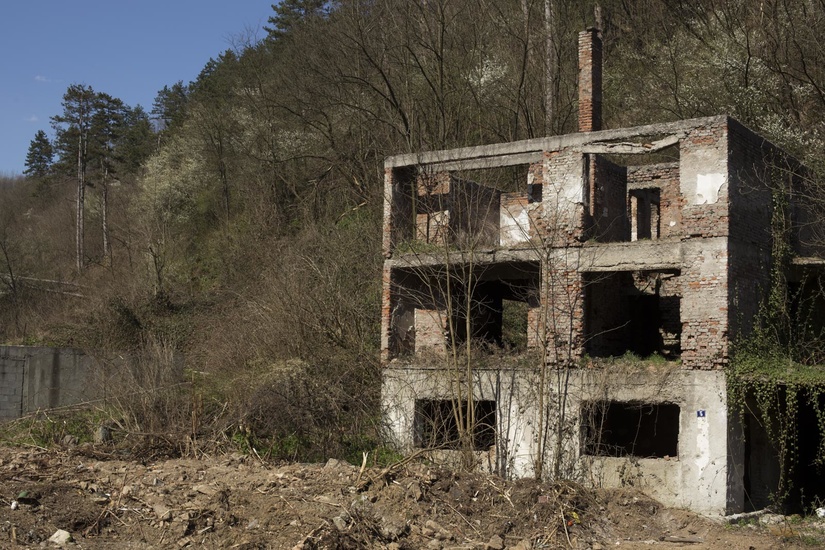
Rishma Dhaliwal
Latest posts by Rishma Dhaliwal (see all)
- Remembering Blair Peach… — April 23, 2024
- NEW MUSIC | NAUGHTY BOY RETURNS WITH NEW SINGLE ‘BLOW TREES’ — April 19, 2024
- INTERVIEW | AFRICAN RAP SENSATION ZUBZ DISCUSSES LATEST SINGLE ‘POWER’ — April 19, 2024


